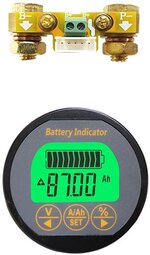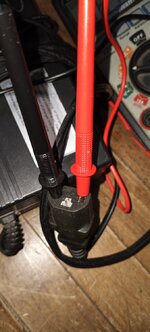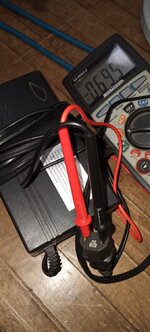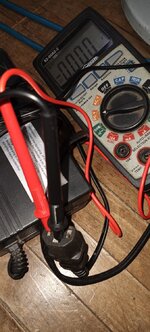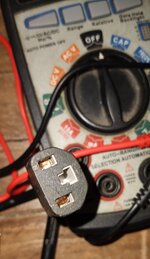Don
I'm sorry but I think you've got some bad batteries... But to know what's going on you can't run two in parallel to test.
1.Run each battery individually to test capacity and voltage range.
2. Full charge should be 54.6v, not 53.8v
3. As others have mentioned LV cut off should be around 40v
4. I know you have an Ultra.. What's you controller LV set to on page 1 of the settings.
5. Check the voltage output of your charger... Should be 54.6v
From the information we have so far I'd guess you have a battery(s) with bad cells. The internal resistance of one group is lower than the rest of the pack causing it to charge and discharge faster than the others in that battery. This is why you're only reaching 53.8v on a full charge.. because the one bad group is reaching HV cut off before the others and the BMS only allows charging until the first group reaches 4.2v. You don't have a balance BMS otherwise this wouldn't be a problem on the charge side of reaching 54.6v.
I'm of the opinion that and no amount of cycle charging to 100% is going to correct this as you can't correct the internal resistance problem of the bad cell group. You may get it to incrementally take a higher charge but be careful as you'll repeatedly be pushing a defective group to its HV limit. In other words don't try to force it by charging repeatedly in the same use cycle... This is how fires start.
GR
Thanks for the information,
Let me clarify how I charge all my battery's, as I may not be doing it right.
When I charge these battery's, I use the V meter and get a reading of the low voltage on the battery's, log this info into my bike log book.
Then I plug the battery charger into the battery and then plug the charger into the wall socket. The charger comes on and the fan starts and the idiot light comes on RED colored. I have this bat/charger set at eye level and NEVER leave it while charging etc.
When the charger switches color (Green), and the fan stops running, (about 3-1/2hrs average time, per bat), I unplug the charger from the wall socket and then unplug the charger from the batt.
Then I take a V meter reading and log the information, per each battery's number.
The V meter reading are almost at 53.8v, right off the charger, for all 4 battery's, numbered 1 thru 4.
When using these battery's (2 at a time), I use them down to 43.5v per display reading, and then check them when I get home. Then recharge them as above information.
I use this battery voltage calculations for the reading's etc.

docs.google.com
I have checked with the designer and he advised me that this calc sheet should also work for the 21700 battery's I am using.
On Bat # 3-4, (just newly bought) used in the first road test, I used/set the cruise controller only, as close to 15mph and when I FELT a decrease of power from the bat's, the readings on the display read 46.6v and the same readings on the V meter when checked.
I'll rerun these road/bat tests, as soon as I get some decent weather,
I don't do 30+mph cross winds............with a single bat for each test,
using all 4 bat's and note the spec's.
I don't know what the LV settings are, as I have not changed to the Uart motor,
I am still running the Cbus motor.
I can't find/know which of the plug pins are + or - as there is no information on the plug, the plug is a 3 pin and looks like a FAT HEART design.
Tia,
Your thoughts and suggestions..........
Don

